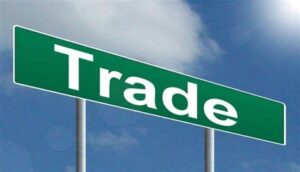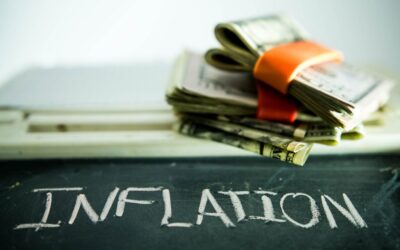
The European Central Bank (ECB) has announced a quarter-point reduction in its three key interest rates, marking its third rate cut this year as the eurozone contends with weakening economic momentum and escalating trade tensions with the United States. The deposit facility rate, the central instrument for steering monetary policy, has been lowered to 2.25%, with the main refinancing operations and the marginal lending facility rates now at 2.40% and 2.65% respectively. The changes take effect from April 23, 2025.
The decision comes as the ECB’s Governing Council released an updated outlook suggesting that the eurozone’s disinflation process remains on track. Headline and core inflation both declined in March, and services inflation—previously a persistent concern—has also eased significantly in recent months. Most indicators now suggest inflation is converging toward the ECB’s 2% medium-term target. Wage growth, though still elevated in some sectors, is moderating, with companies absorbing costs through reduced profit margins.
Yet, the broader economic picture remains fragile. The euro area has shown some resilience to global shocks, but the recent spike in trade-related uncertainty—sparked by new U.S. tariffs on EU goods—is weighing heavily on the growth outlook. ECB President Christine Lagarde acknowledged that rising protectionism is already damaging business sentiment and could further curb investment and consumption across the bloc.
“The major escalation in global trade tensions and the associated uncertainty will likely lower euro area growth by dampening exports,” Lagarde said. “It may also drag down investment and consumption.”
Earlier this month, the U.S. administration imposed a blanket 10% tariff on all EU imports, with the average tariff rate rising from 3% to 13%. Industry-specific levies of up to 25% continue to apply on European steel, aluminium, and cars, with threats of further duties on pharmaceuticals and electronics. While an additional 10% tariff increase has been suspended until July, the impact on eurozone sentiment and market stability has already been felt.
To provide space for diplomatic dialogue, the EU announced on April 14 that it would delay the imposition of retaliatory tariffs—valued at €21 billion—until July 14. These measures, targeting U.S. goods in response to the original tariffs on European metals and automobiles, remain on hold as Brussels seeks a negotiated resolution.
In this context of rising geopolitical risk and economic uncertainty, the ECB emphasized its commitment to a data-driven, meeting-by-meeting approach to setting future monetary policy. The central bank reiterated that it is not pre-committing to a fixed rate path but will base decisions on inflation dynamics, economic indicators, and the strength of policy transmission.
Meanwhile, the ECB’s asset purchase programmes (APP and PEPP) continue to wind down in a controlled and transparent manner, as the central bank no longer reinvests proceeds from maturing securities.
Analysts, including Mark Wall of Deutsche Bank, interpret the ECB’s emphasis on trade-related risks as a signal that further rate cuts remain likely. “The focus on tariffs implies openness to additional easing, especially if the trade shock persists,” Wall noted. Many economists now anticipate another rate cut in June, with rates potentially dropping to 1.5% by year-end if conditions deteriorate further.
Markets are pricing in a wave of rate cuts across major central banks in 2025, as global trade friction and slowing demand force policymakers to act. The Bank of England is also expected to lower rates in May and again later this year.
As the eurozone braces for a challenging second half of the year, all eyes are now on diplomatic developments between Brussels and Washington—and on whether monetary policy alone can shield the region from the mounting economic headwinds.
References
AFP. (2025, April 14). EU tariffs on US goods suspended until July 14. Retrieved from The Economic Times: https://m.economictimes.com/news/international/global-trends/eu-tariffs-on-us-goods-suspended-until-july-14/amp_articleshow/120285266.cms
European Central Bank. (2025, April 17). Monetary policy decisions. Retrieved from European Central Bank: https://www.ecb.europa.eu/press/pr/date/2025/html/ecb.mp250417~42727d0735.en.html
Inman, P. (2025, April 17). ECB cuts rates for third time this year as Europe braces for Trump tariffs. Retrieved from The Guardian: https://www.theguardian.com/business/2025/apr/17/european-central-bank-cuts-interest-rates-third-time-this-year
Photo: https://www.picserver.org/highway-signs/images/trade.jpg



